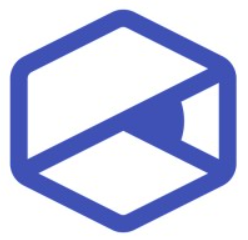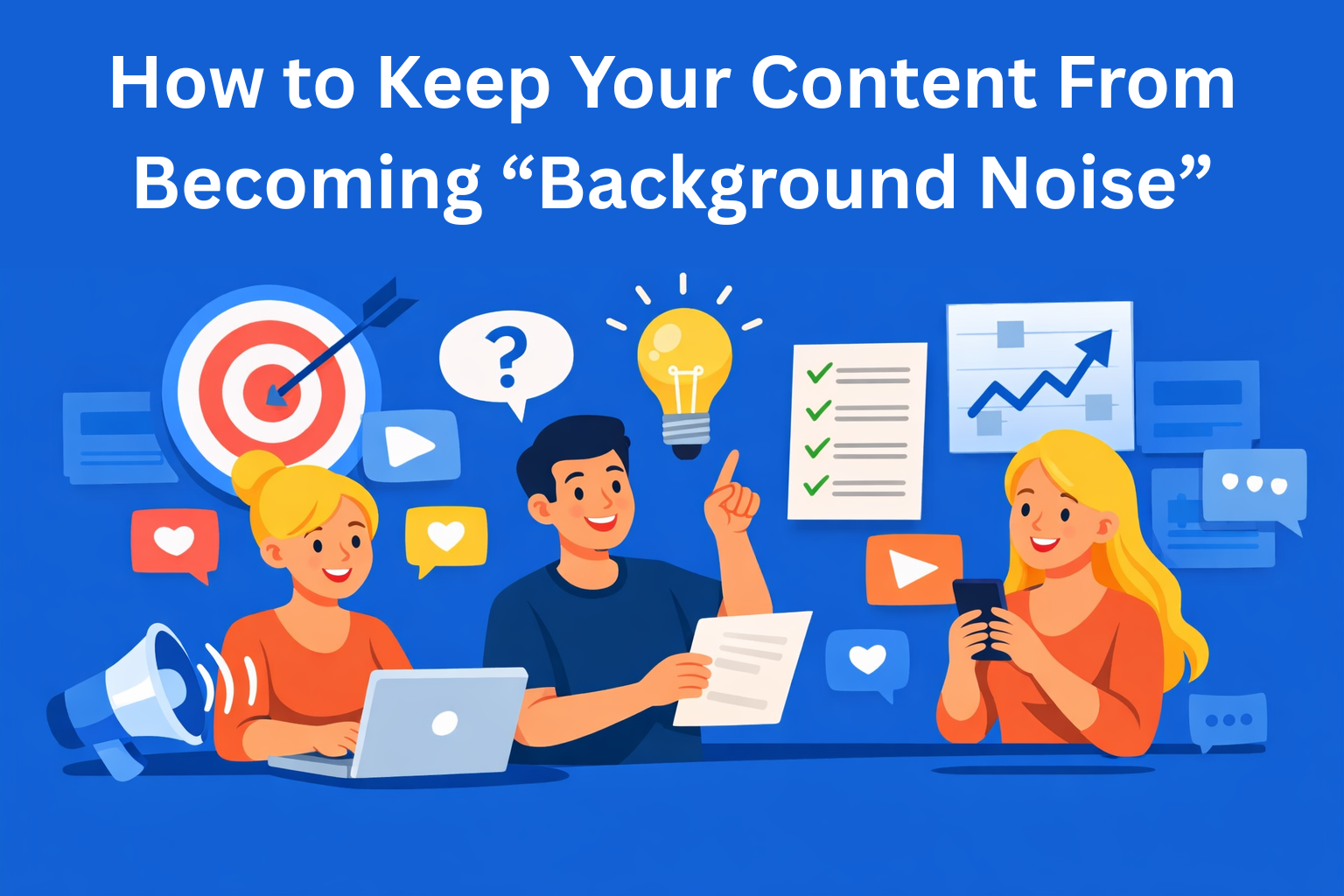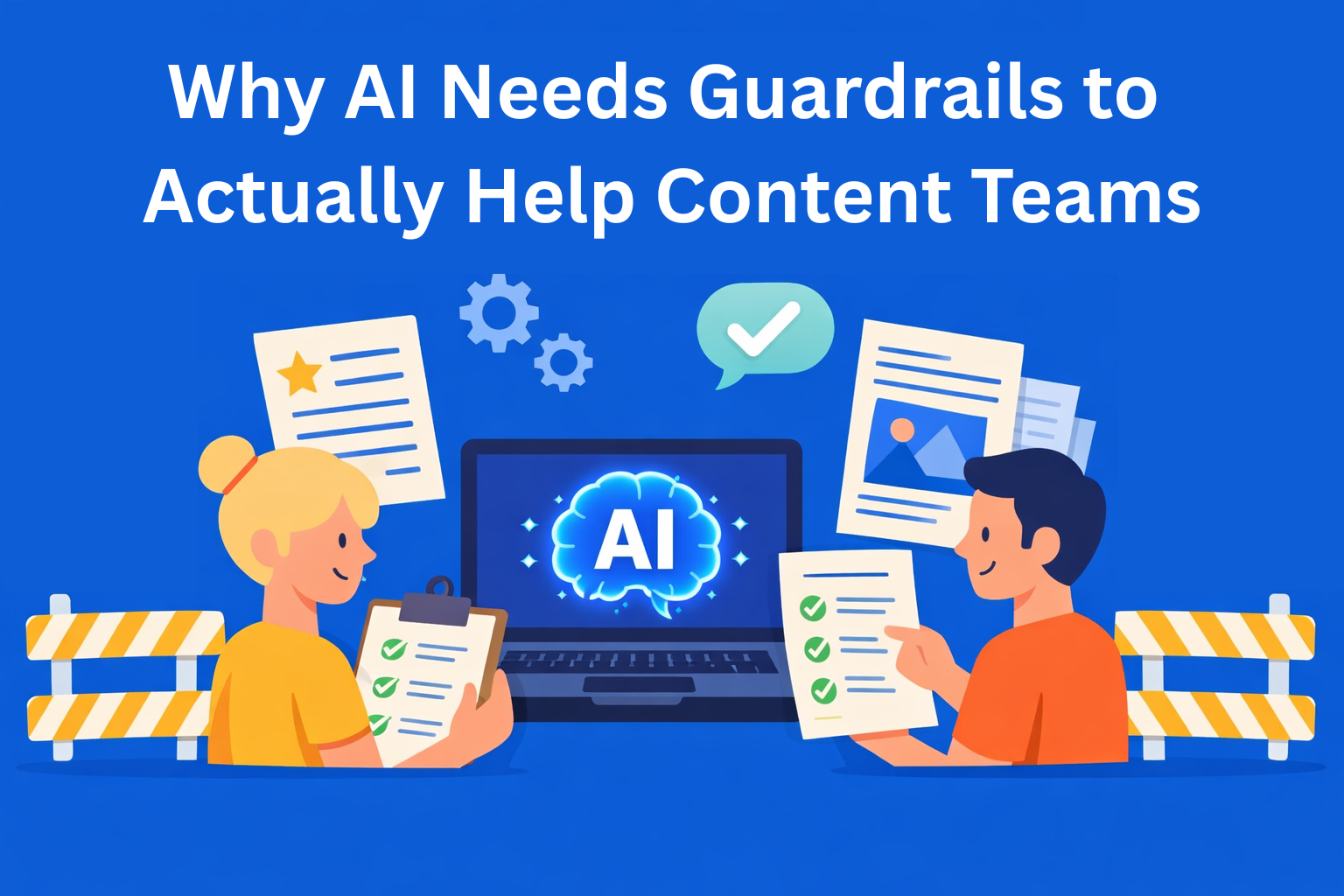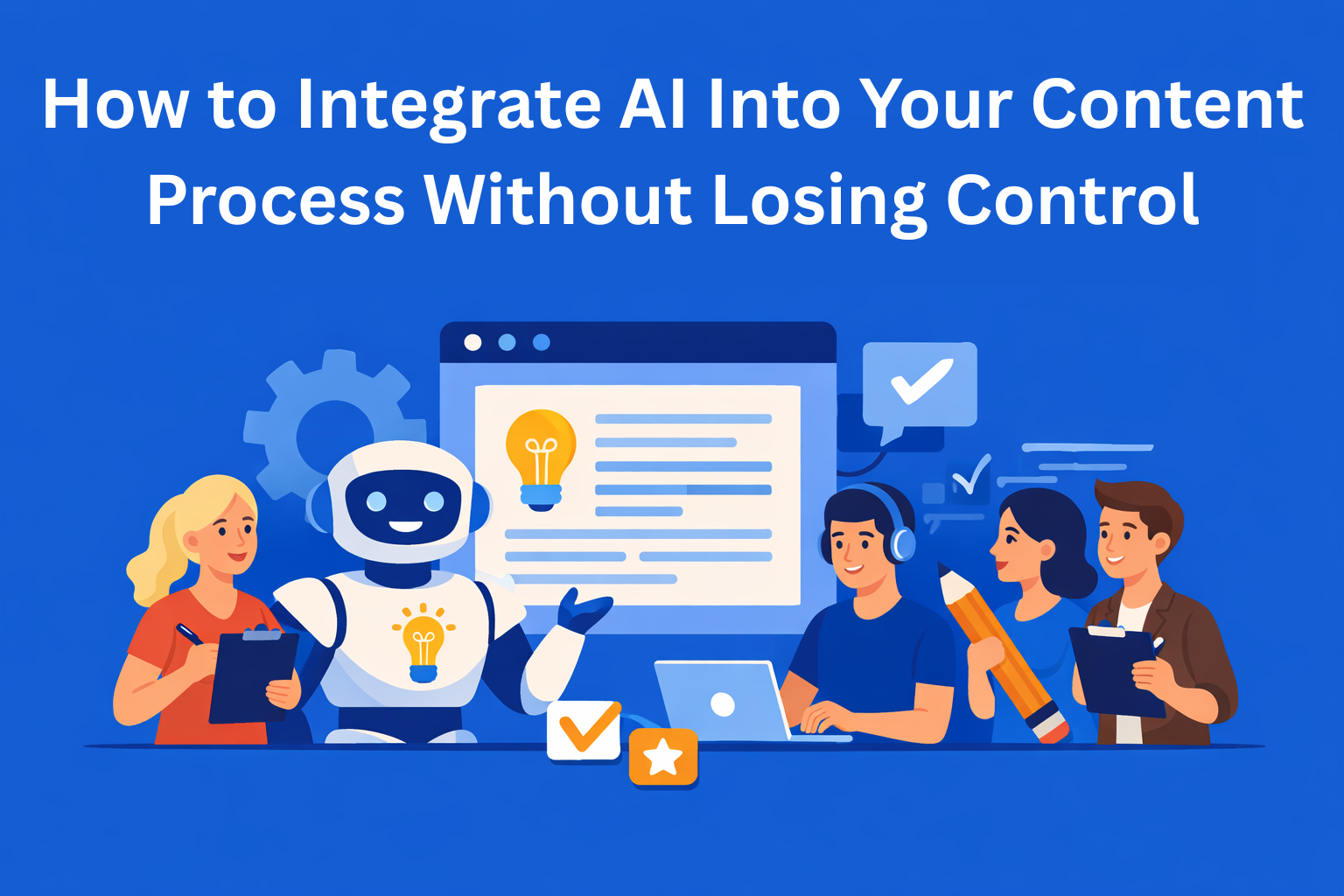The Types of Content That Are Hardest to Collaborate On (and Why)
Collaborating on content like videos, product pages, or eBooks can get tricky. Learn which content types cause the most headaches, and how to simplify teamwork with clear roles, structure, and the right tools.
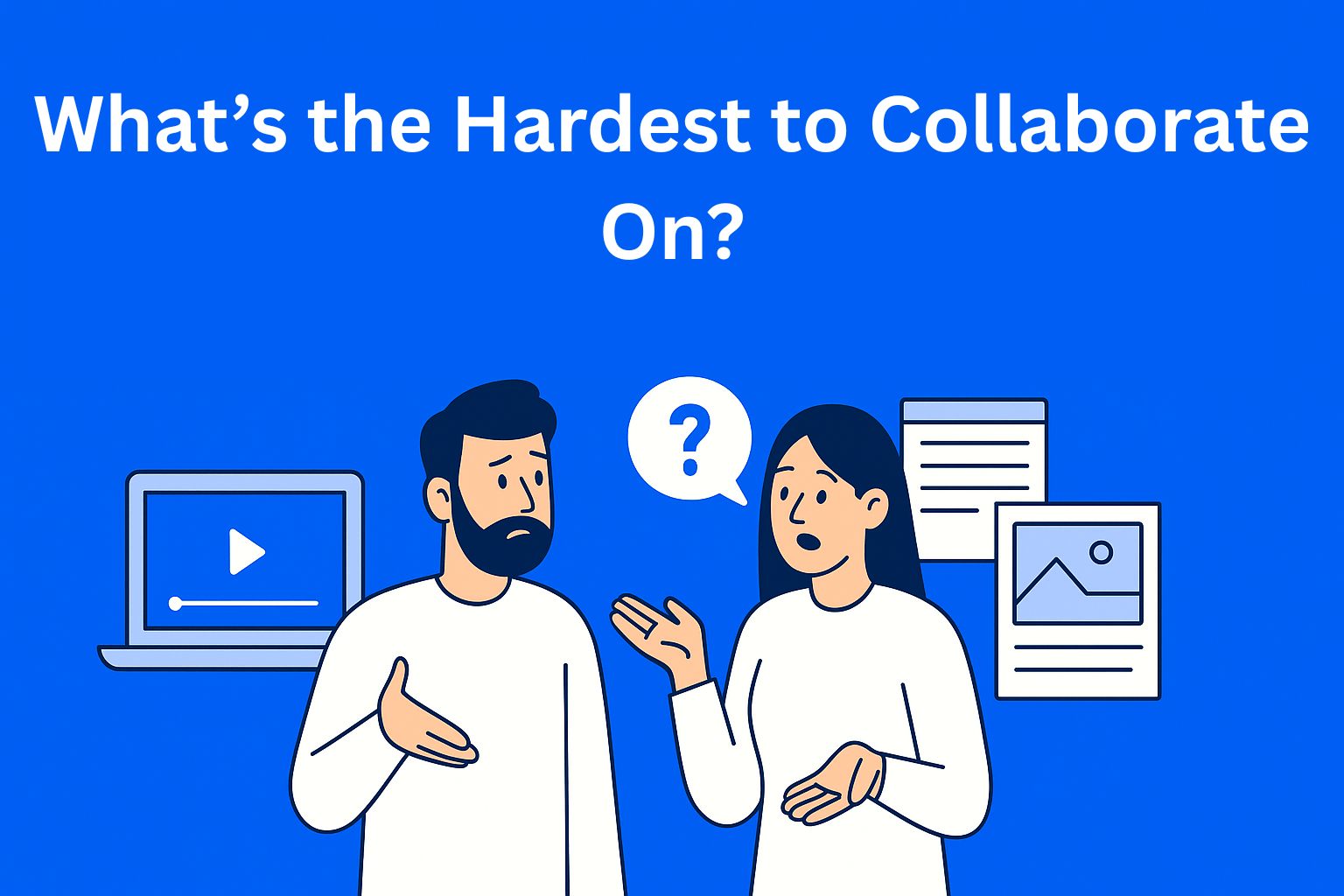
Working in a team on content creation can be great, but sometimes it can also get pretty complicated. Some types of content are easy to divide and work on together, while others can get stuck easily. Below, you'll read about the types of content that are the hardest to collaborate on, what makes them challenging, and how to make the process easier without wasting time and energy.
Key Takeaways
- Long-form educational content - It’s tough to maintain consistent tone, structure, and depth when multiple people work on complex topics without a clear plan or lead editor.
- Video and design involve many teams - Without clear roles and a single feedback channel, things quickly fall apart under scattered comments and version chaos.
- Web copy gets too many stakeholders - When marketing, sales, SEO, and UX all push different priorities, progress slows and content quality suffers.
- Interactive content needs tight coordination - Writers, designers, and devs often misalign due to different workflows and terminology, causing unnecessary blockers.
- No central tool, no real collaboration - Platforms like EasyContent help align roles, feedback, workflows, and content structure in one place.
1. In-Depth Educational Content (eBooks, Guides, Whitepapers)
Why they’re challenging for collaboration:
- This kind of content covers topics that require serious knowledge and experience in a specific field, so it's not easy to find multiple people who understand the topic equally well.
- The text needs to read as if it was written by one person, not several. Each part should logically flow from the previous one, without repetition, contradictions, or major tone differences. That way, the reader can easily follow the topic from beginning to end.
How to approach it:
- Start by creating a detailed outline that includes all the main sections, titles, subtitles, and the basic info that should go into each section. This plan should be reviewed and approved by the entire team, so everyone knows what’s expected and how the content is being developed.
- Assign one person the role of lead editor. This person should make sure that the entire text sounds consistent, with the same style and tone, and that there are no conflicting or confusing parts.
- Use EasyContent as a central place for collaboration. You can upload the outline, share drafts, leave comments, track progress, and clearly see who’s working on what part of the content at any time.
Tips:
- Don’t let everyone work on the same part of the text at once without a clear plan. Divide the content into sections and assign each person a specific one to avoid confusion and overlap.
- Agree in advance on what the tone of the text should be: more formal or relaxed, how detailed it should be, and whether examples, links, etc., should be used. This will help everyone write in the same tone and style.
2. Design Content (Infographics, UI, Brand Visuals)
Why they’re challenging for collaboration:
- Feedback designers get is often based on personal taste rather than clear guidelines, which makes their job harder.
- People who aren't designers often don’t know how to explain what they like or dislike, so comments end up vague and unhelpful.
- When too many people get to give feedback, and everyone adds their own ideas, the result can be a messy design that lacks consistency and quality.
How to approach it:
- Before the team starts designing, it’s important for everyone to know the brand’s core rules. That includes the colors to use, typography, visual style, and tone of voice. When everyone follows those guidelines, it’s easier to keep design and content aligned.
- A combination of tools like Figma and EasyContent can help keep content and design in sync. Figma is used for visuals, while EasyContent can be used to write, organize, and comment on the text that goes with those visuals.
- Feedback should be given at clearly defined stages in the process, like: first sketch, mid-stage prototype, and final design. That way, everyone knows when to comment and what exactly is expected of them.
Tips:
- Don’t involve too many people in giving feedback, as it can slow things down and cause confusion. Choose a few key people who are directly involved in the project and whose opinions are truly important for the final result.
- Organize the workflow into clear steps: start with generating ideas, then make a basic sketch, develop a detailed prototype, and finally complete the final version. Each stage should have its own moment for feedback and approval so everyone knows when it’s the right time to comment.
3. Web Copy and Product Page Texts
Why they’re challenging for collaboration:
- Writing web content usually involves many different people from different teams - marketing wants the copy to be engaging and persuasive, sales wants to highlight product benefits, the UX team wants everything to be clear and easy to navigate, and the SEO team has specific requirements to help the content rank well in search engines. Everyone has their own ideas and often wants their changes to be the final ones, which can lead to disagreements.
- Web copy needs to be short, clear, and convincing. It has to deliver the message quickly and push the user to take action (buy, click, leave their email, etc.).
- Even a small change (like the headline, button text, or order of information) can have a big impact on how users interact with the page.
How to approach it:
- At the very beginning, create a document that clearly describes the main message you want to deliver on the page. This document should include key information about the product or service, who the page is for, and what action that person should take when they visit (e.g. buy, leave contact info, sign up, etc.).
- Then create a page template (you can do this inside EasyContent) where you define in advance what sections the page should have (e.g. headline, product description, benefits, call-to-action, FAQ…). This helps the team know exactly what to write and where it should go.
- Only when there is a first version of the text, bring in SEO and UX experts to go through the page and suggest changes to improve visibility in search engines and make the page easier to navigate.
Tips:
- Try A/B testing for headlines and call-to-action buttons (CTA). This means creating two versions of the same page that differ in just one thing (for example, the headline or button text) and showing them to different visitors. Based on that, you can see which version attracts more attention, motivates people to click, or take the desired action. This is a simple way to improve site performance and understand what really works with your audience.
4. Interactive Content (Quizzes, Calculators, Mini Apps)
Why they’re challenging for collaboration:
- This type of content involves several different teams: people who write the copy, designers who create the layout of the page or app, and developers who turn everything into a working product.
- Since everyone comes from different areas and uses different languages and tools, misunderstandings can happen. For example, a designer might imagine something that’s hard to code, while the content team might write text that doesn’t fit into the design, causing problems.
- Also, every change in the text or logic (e.g. a quiz question) often requires a developer to update the code again. That’s why even small edits are more complex than they seem.
How to approach it:
- Before anyone starts writing or designing, draw a simple map that shows the steps a user takes when using the quiz, calculator, or app. This is called a "user flow." For example: user lands on the page 👉 chooses an option 👉 answers questions 👉 gets results. When everyone on the team sees these steps, it’s easier to plan what exactly needs to be written, designed, and built at each stage of the process.
- Organize the text so it’s clearly divided into sections that match the design and functionality structure. For example, write separate parts for headlines, button descriptions, questions, answers, and so on. This helps both designers and developers know exactly where each piece of text goes and how everything should look in the final version.
Tips:
- Keep all materials used during the project (images, texts, spreadsheets, etc.) in one clearly organized place. This place is often called an Asset Library. When everything is stored there, team members always know where to find what they need, without wasting time.
- Also, agree to create two key versions of the project: the first, basic version that contains only what’s necessary for it to work (called MVP - minimum viable product), and a second, final version with all the extras, details, and improvements. That way, the team knows what stage the project is in and can make better decisions about what to prioritize.
Conclusion
Working on content with several people can be difficult if no one knows exactly who’s doing what, where documents are, or when feedback is needed. That’s why it’s important for the whole team to have a clear plan, agree on who’s in charge of what, and use a tool or method that allows everyone to stay up to date on what’s happening.
Instead of sending files back and forth by email, wasting time looking for the correct version of a document, or wondering if someone already gave feedback - set rules and a process that makes everyone’s job easier. That way, collaboration on any content, even the most demanding kind, will go much more smoothly and with a lot less stress.

